Natural Hospital Birth: Podcast Episode #123
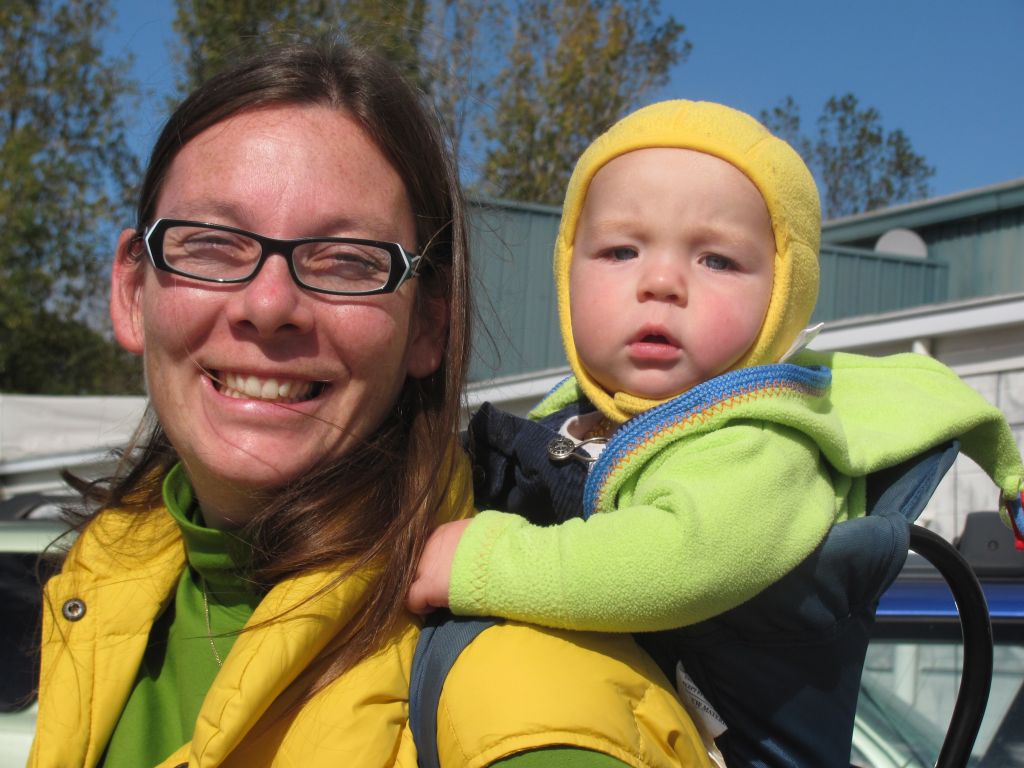
Kristin Revere, co-owner of Gold Coast Doulas talks with Cynthia Gabriel, author of Natural Hospital Birth, about her experience as a doula and health care provider for women, supporting natural hospital births. You can listen to this complete podcast episode on iTunes or SoundCloud. Welcome. You’re listening to Ask the Doulas, a podcast where we […]
What is Art Therapy? Podcast Episode #122
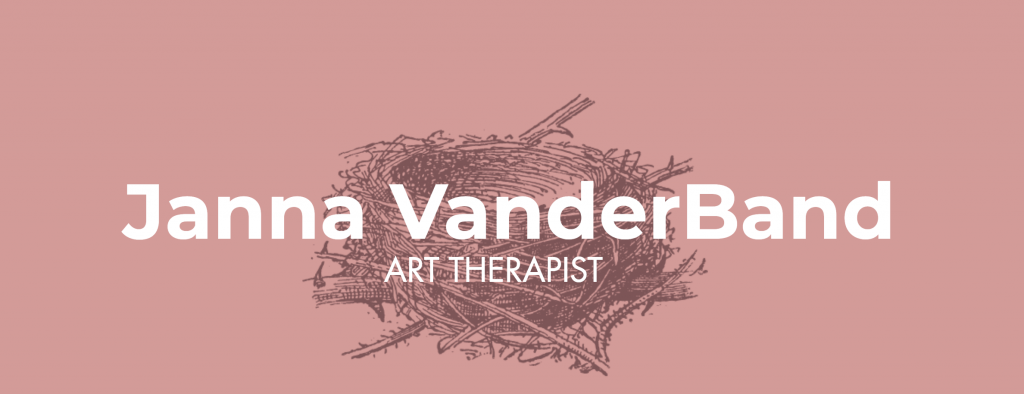
Alyssa talks with Janna VanderBand, an art therapist in West Michigan. We learn what art therapy is and how mothers, in any stage of their journey from fertility and conception to pregnancy and postpartum, can use art therapy to heal. You can listen to this complete podcast episode on iTunes or SoundCloud. Welcome. You’re listening […]
Welcome to Fatherhood: Podcast Episode #121
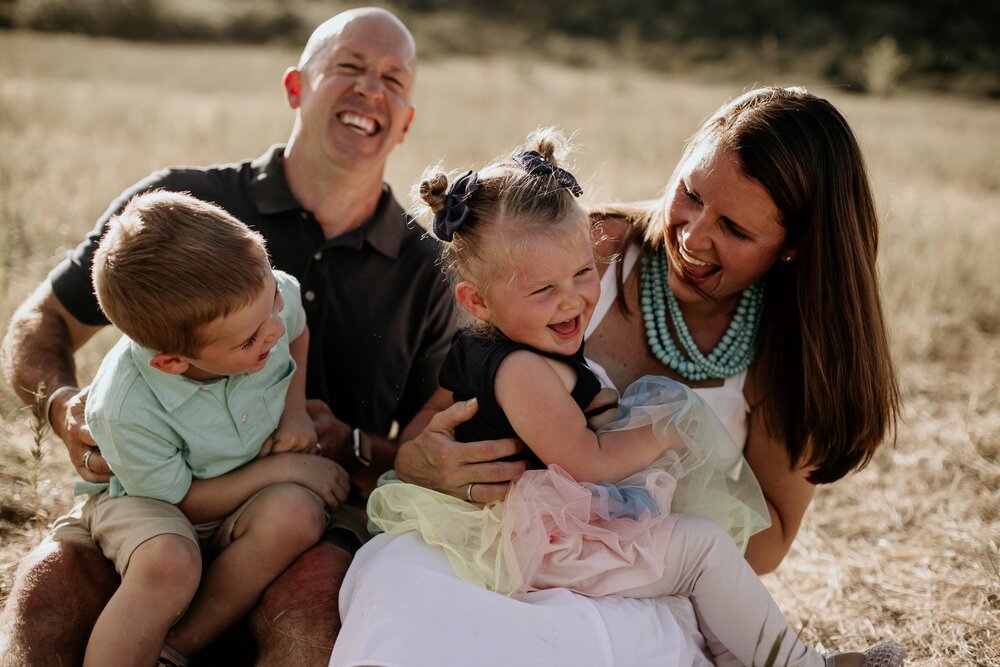
Kristin talks with David Arrell, author of Welcome to Fatherhood. He talks about why he wrote the book then gets into some great tips for Dads and how to best support Mom! This one is a must listen! You can listen to this complete podcast episode on iTunes or SoundCloud. Welcome. You’re listening to Ask […]
Urinary Incontinence: Podcast Episode #120
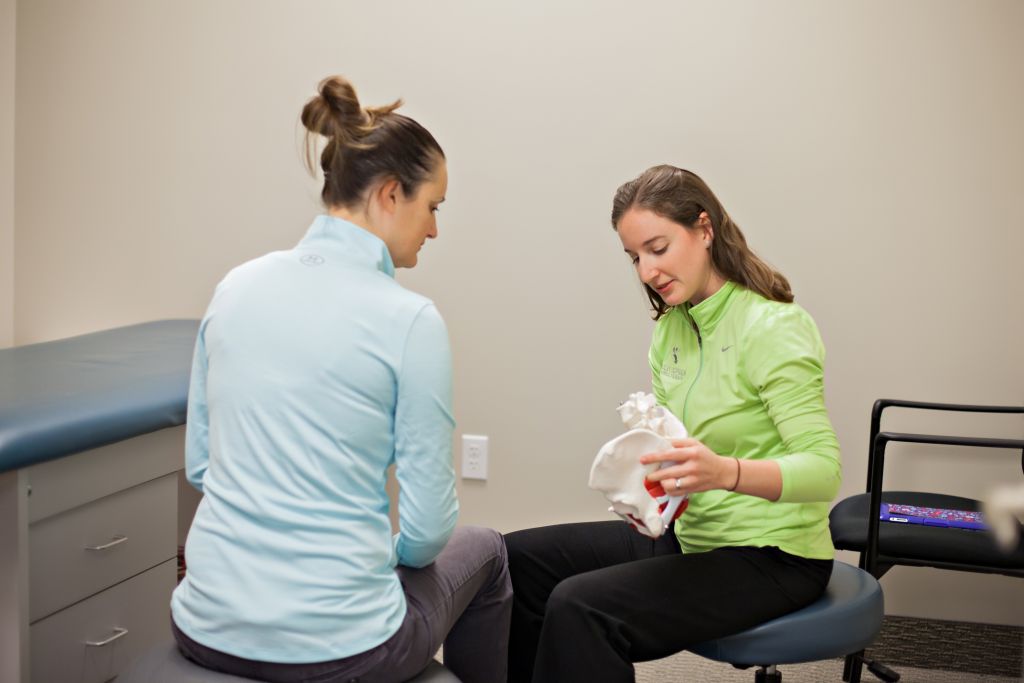
Amber and Katie from Hulst Jepsen Physical Therapy talk with Alyssa again about women’s health pelvic floor rehab with a focus on urinary incontinence. You can listen to this complete podcast episode on iTunes or SoundCloud. Welcome. You’re listening to Ask the Doulas, a podcast where we talk to experts from all over the country […]
Valerie Lynn – The Mommy Plan: Podcast Episode #119
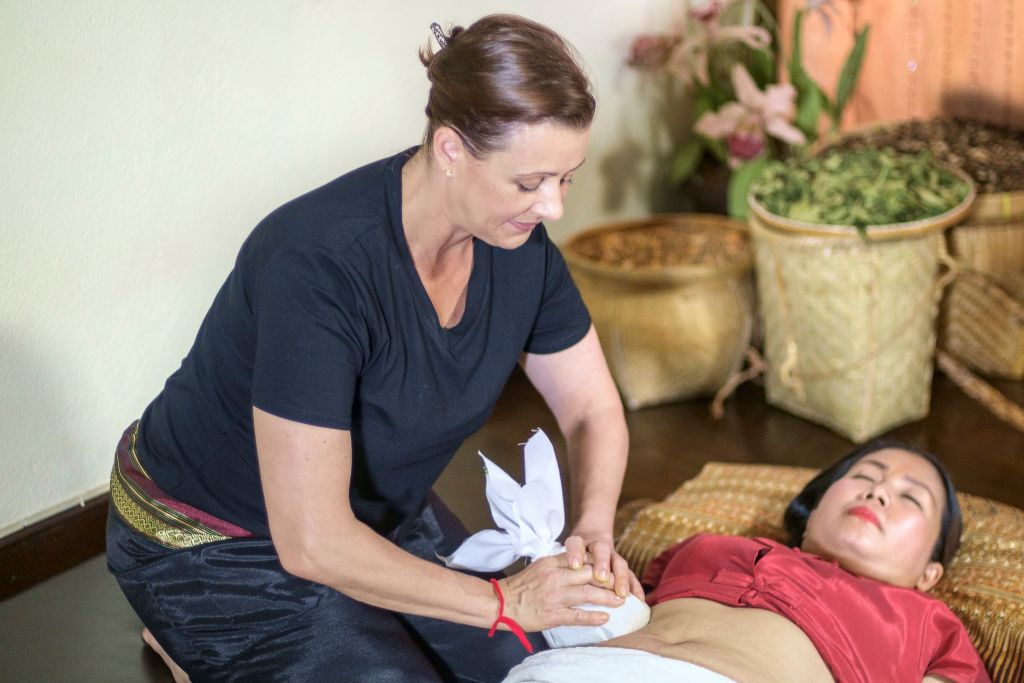
What is eco postnatal care? Valerie Lynn, author of The Mommy Plan, tells us how to nourish and heal a postpartum body. You can listen to this complete podcast on iTunes or SoundCloud. Welcome. You’re listening to Ask the Doulas, a podcast where we talk to experts from all over the country about topics related […]
The Postnatal Cookbook: Podcast Episode #118
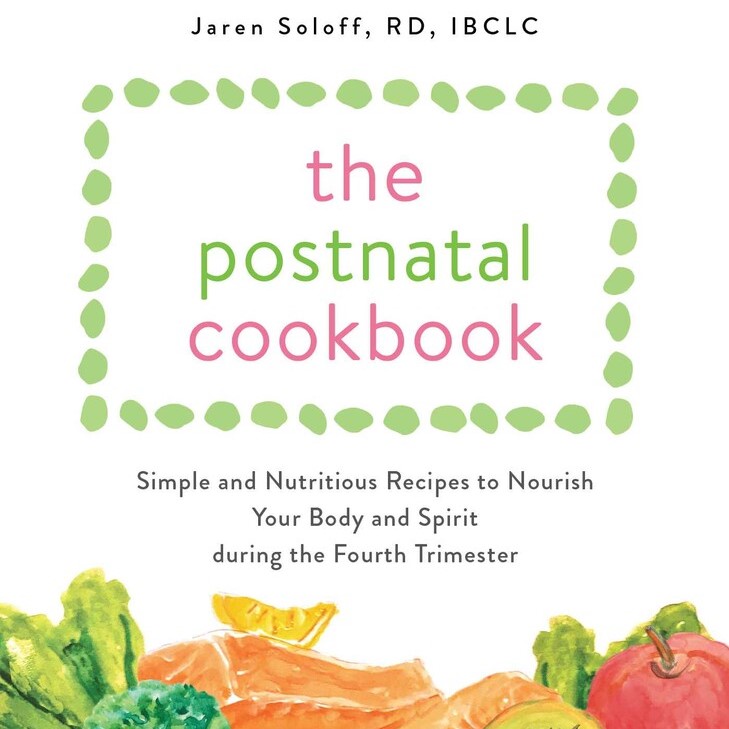
Jaren Soloff RD, IBCLC talks to Kristin about her new book The Postnatal Cookbook and the importance of nutrition during pregnancy and especially postpartum. You can listen to this complete podcast episode on iTunes or SoundCloud. Welcome. You’re listening to Ask The Doulas, a podcast where we talk to experts from all over the country […]
Don’t be scared of pelvic floor physical therapy! Podcast episode #117
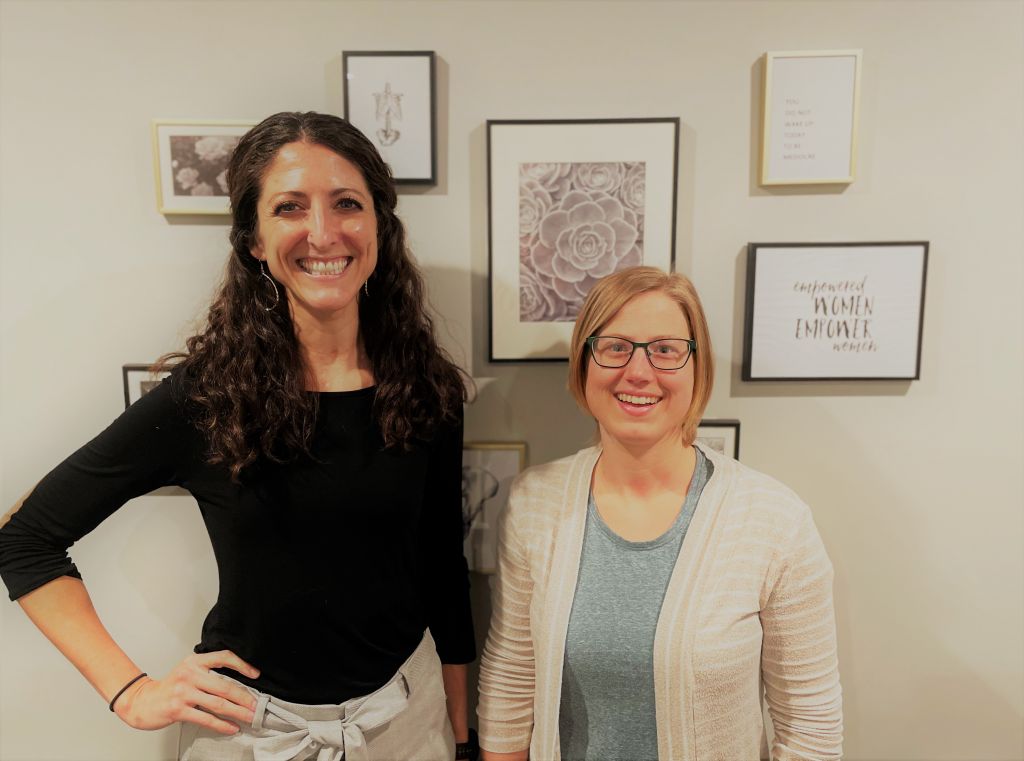
Amanda and Katie, women’s health physical therapists at Hulst Jepsen Physical Therapy, give us an intro into pelvic floor PT. What is it, what does an internal vs external pelvic floor exam involve, and what kinds of symptoms can pelvic floor PT treat? You can listen to this complete podcast episode on iTunes or SoundCloud. […]
Keeping Yourself Healthy During Pregnancy: Podcast Episode #116
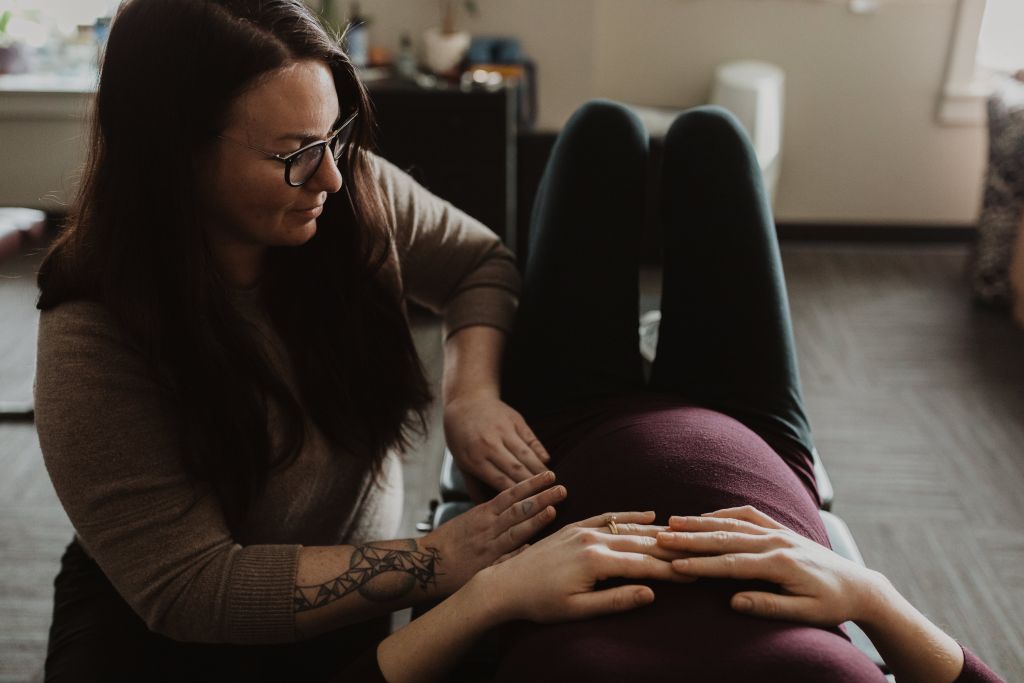
Kristin talks with Dr. Annie of Rise Wellness Chiropractic about how to keep yourself and your family healthy during pregnancy and a pandemic! You can listen to this complete podcast episode on iTunes or SoundCloud. Welcome. You’re listening to Ask the Doulas, a podcast where we talk to experts from all over the country about […]
Real Food for Gestational Diabetes: Podcast Episode #115
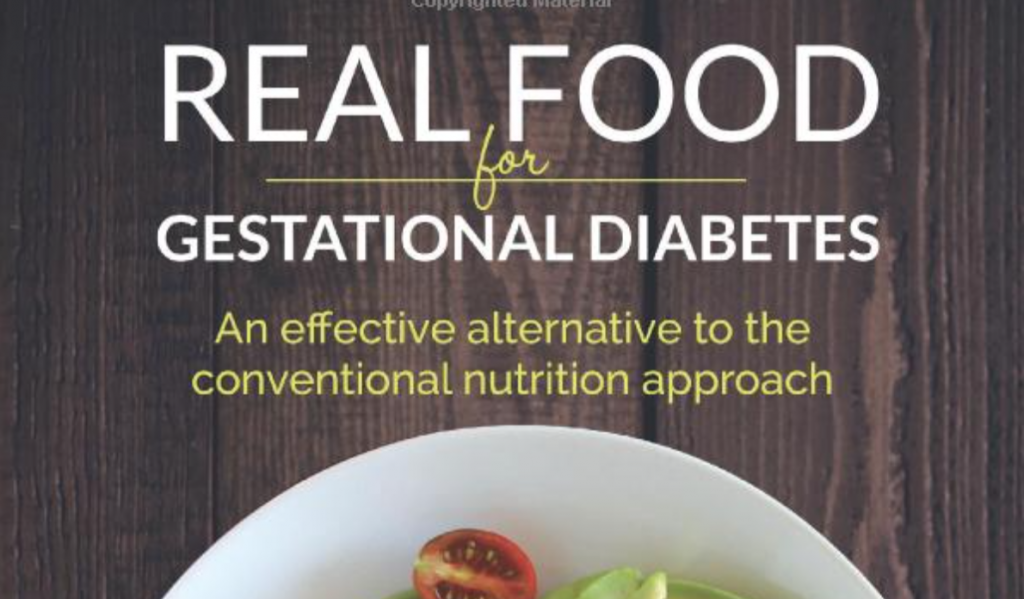
Author Lily Nichols talks to Kristin about gestational diabetes during pregnancy and how eating has such a profound impact on our health and energy levels. You can listen to this complete podcast episode on iTunes or SoundCloud. Be sure to check out Lily’s book! Welcome. You’re listening to Ask the Doulas, a podcast where we […]
Creating a Calm Space: Podcast Episode #114
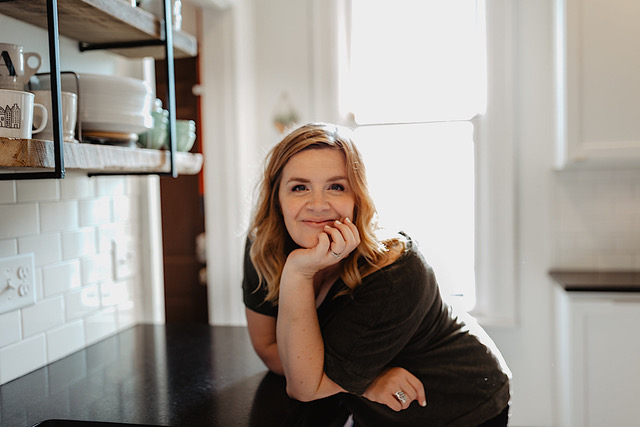
Today Amber Brant of The Coziness Consultant talks with Alyssa about how new moms can create a calm space in their homes in the midst of chaos. You can listen to this complete podcast episode on iTunes or SoundCloud. Welcome. You’re listening to Ask the Doulas, a podcast where we talk to experts from all […]
Preparing your dog for a new baby: podcast episode #113
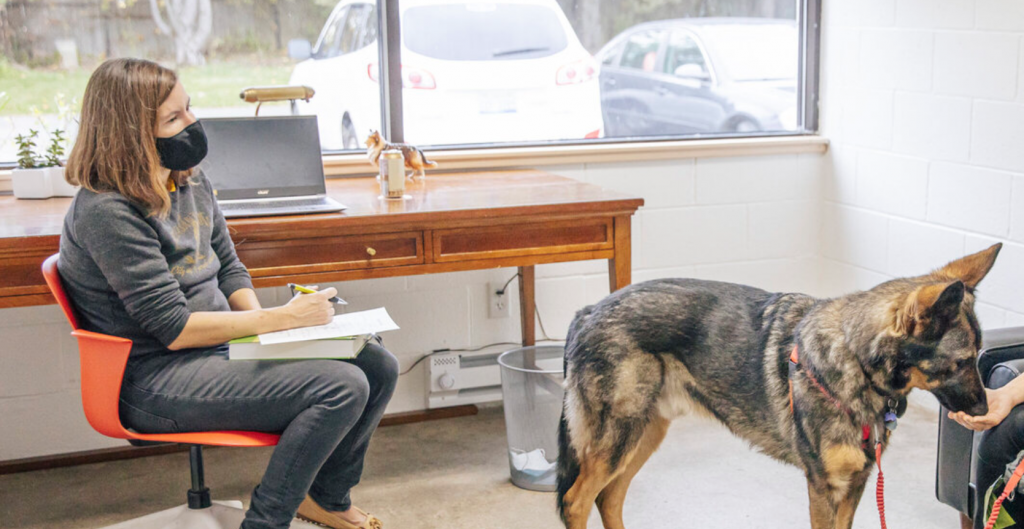
Today Kristin talks to Jenn Gavin, owner of A Pleasant Dog in Grand Rapids, MI about when to prepare your dogs for the arrival of a new baby. You can listen to this complete podcast episode on iTunes or SoundCloud. Alyssa: Welcome. You’re listening to Ask the Doulas, a podcast where we talk to experts […]
Bebcare Low EMF Baby Monitors: Podcast Episode #112
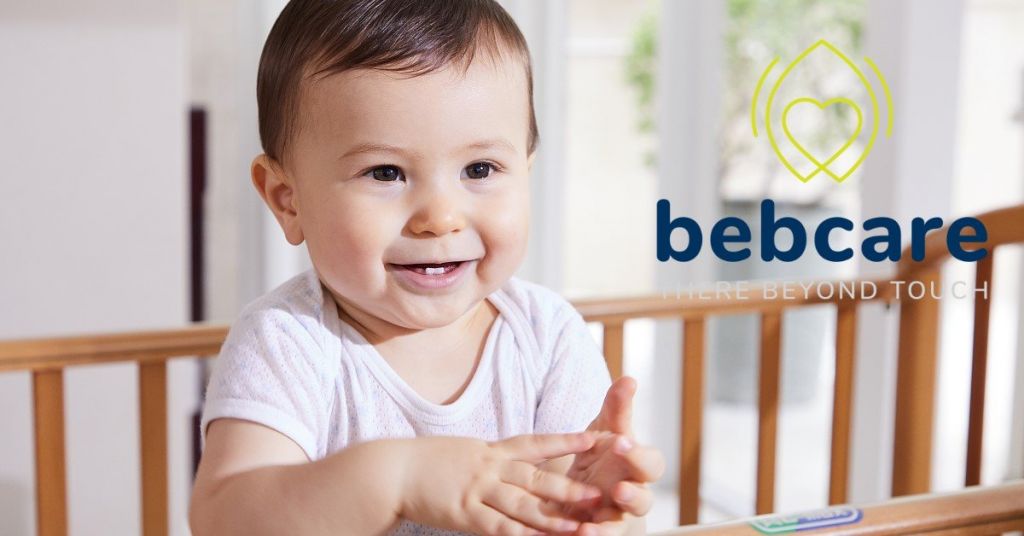
Baby monitors: Today Alyssa, a sleep consultant at Gold Coast Doulas, speaks with Lisa, a Building Biologist at Well Abode, and Brian, an engineer at Bebcare. Bebcare has the lowest EMF baby monitors on the market. The conversation gets a little technical but it’s really interesting, and you may learn a thing or two about […]
Transformed by Postpartum Depression: Podcast Episode #110
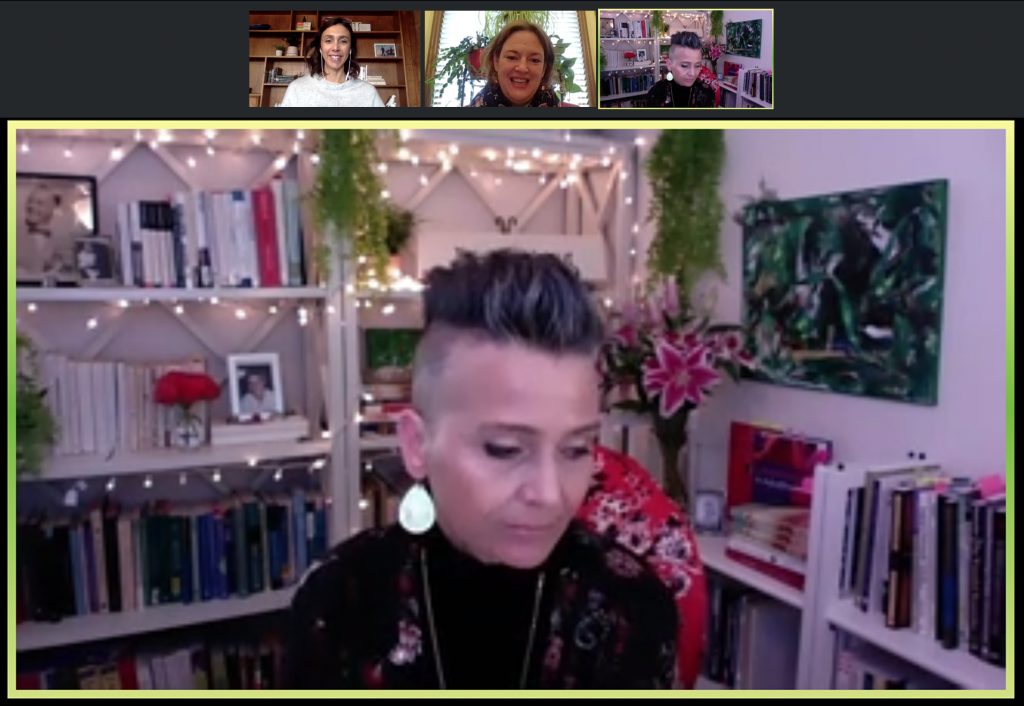
Alyssa: Hi. Welcome to the Ask the Doulas Podcast. My name is Alyssa Veneklase. I am co‑owner of Gold Coast Doulas, and today, I have Jessica Kupres, one of our postpartum doulas, with us, and we are both so excited to talk to Dr. Ladd. She is the author of a book called […]
Car Seat Safety with Secure Quest: Podcast Episode #109
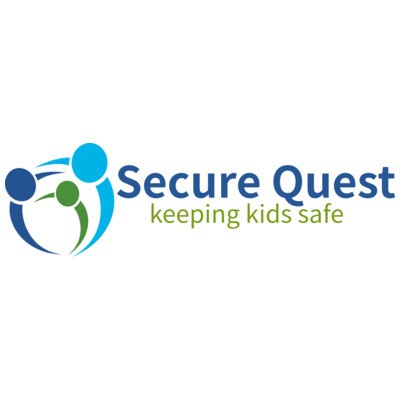
Kristin talks with Jennifer Hoekstra, one of the owners of Secure Quest, about car seat safety for our babies and toddlers. You’ll be astonished at how many of us install our car seats incorrectly! You can listen to this complete podcast episode on iTunes or SoundCloud. Kristin: Welcome to Ask the Doulas with Gold […]
What I Didn’t Know About Pregnancy and Birth: Podcast Episode #107

Today Kristin and Alyssa talk about some interesting, and funny, and gross things that happened to their bodies during pregnancy and birth that were a bit unexpected! You can listen to this complete podcast episode on iTunes or SoundCloud. Alyssa: Hi and welcome to the Ask the Doulas podcast. I am Alyssa Veneklase, […]
Sleep and Virtual School: Podcast Episode #106
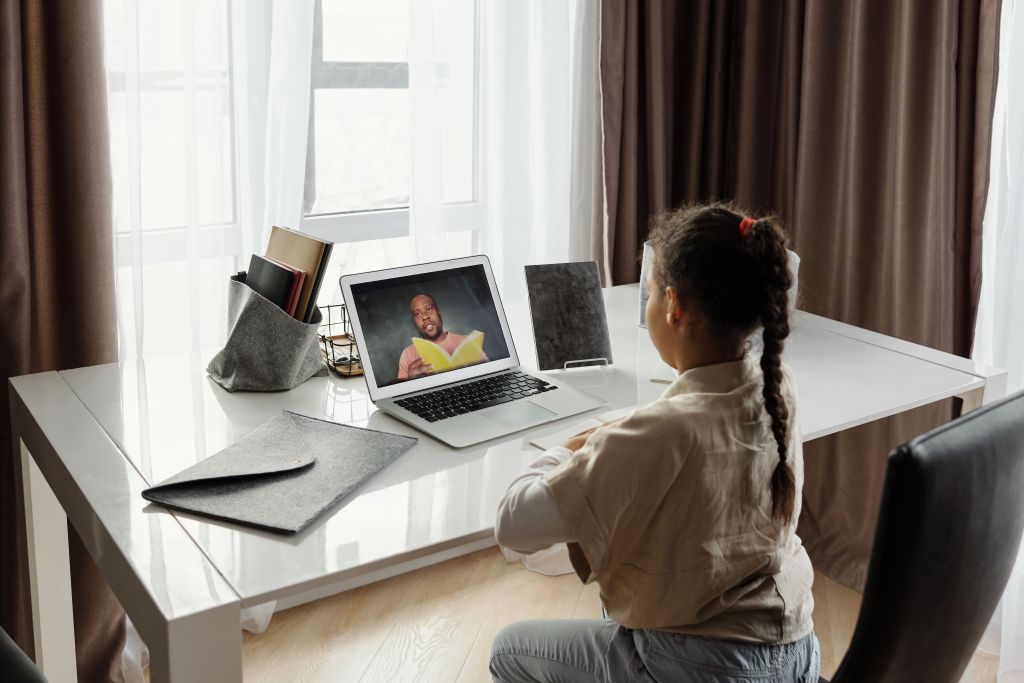
Kristin and Alyssa talk about the struggle to get kids to sleep during virtual school at home. Is it important to have a set bedtime? Can kids stay up late? We answer these questions and more! You can listen to this complete podcast episode on iTunes or SoundCloud. Alyssa: Hello. Welcome to the Ask […]
Audra’s Birth Story: Podcast Episode #105
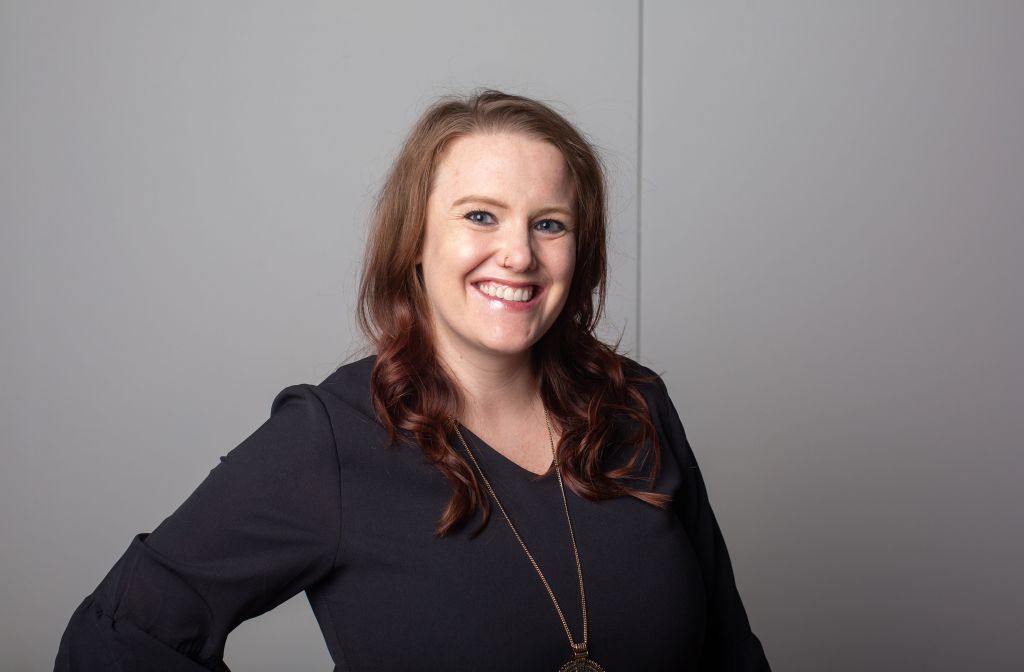
Audra Geyer, Gold Coast’s newest birth doula, tells us her birth story and how birth support from her doula was a game changer. She also took HypnoBirthing classes and went from being afraid of labor to looking forward to it! Her experience with Gold Coast let her to become a doula herself! You can […]
Acupuncture for Anxiety: Podcast Episode #105
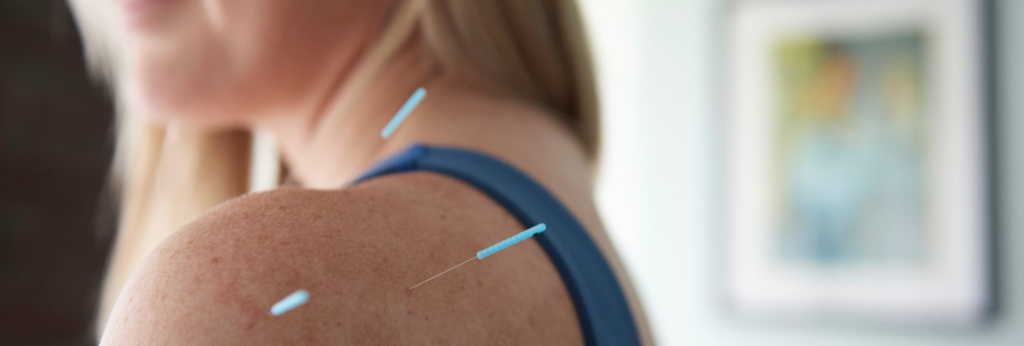
Kristin Revere, Co-Owner of Gold Coast Doulas talks with Vikki Nestico of Grand Wellness about acupuncture to help relieve stress, tension, and anxiety. You can listen to this complete podcast episode on iTunes or SoundCloud. Kristin: Welcome to Ask the Doulas with Gold Coast Doulas. I’m Kristin, and I’m here today with Vikki from […]
What I Wish I Knew: Podcast Episode #104
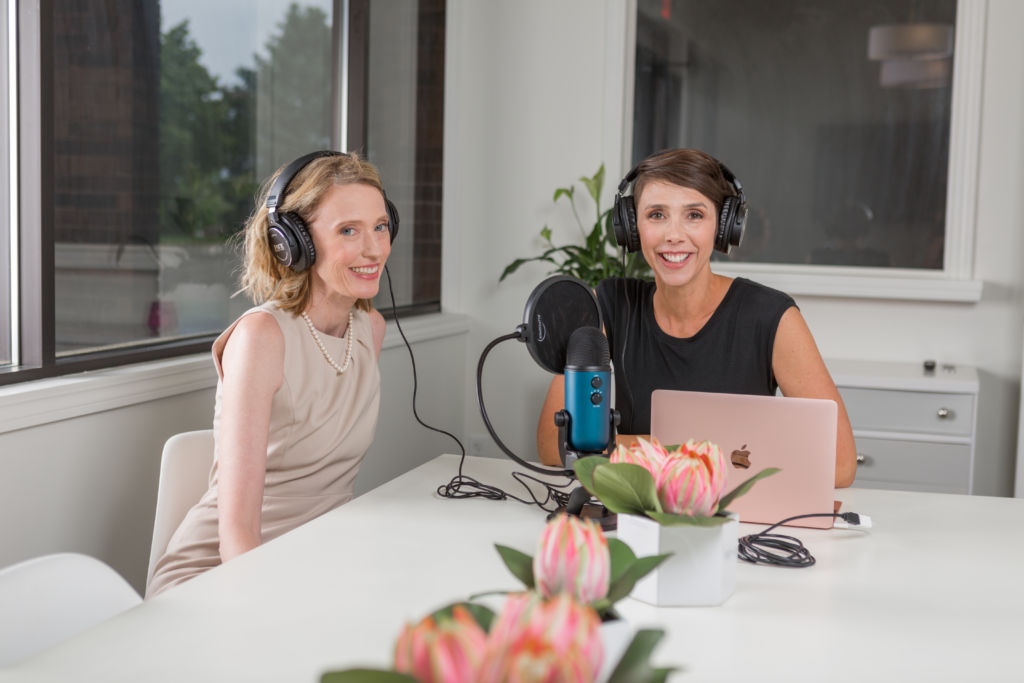
Kristin and Alyssa, owners of Gold Coast Doulas, talk about the things they wish they had known before having a baby. Listen to this fun episode packed with advice and lots of little gold nuggets of information for new parents! You can listen to this complete podcast episode on iTunes or SoundCloud. Kristin: Welcome to […]
Acupuncture during Pregnancy and Postpartum: Podcast Episode #103
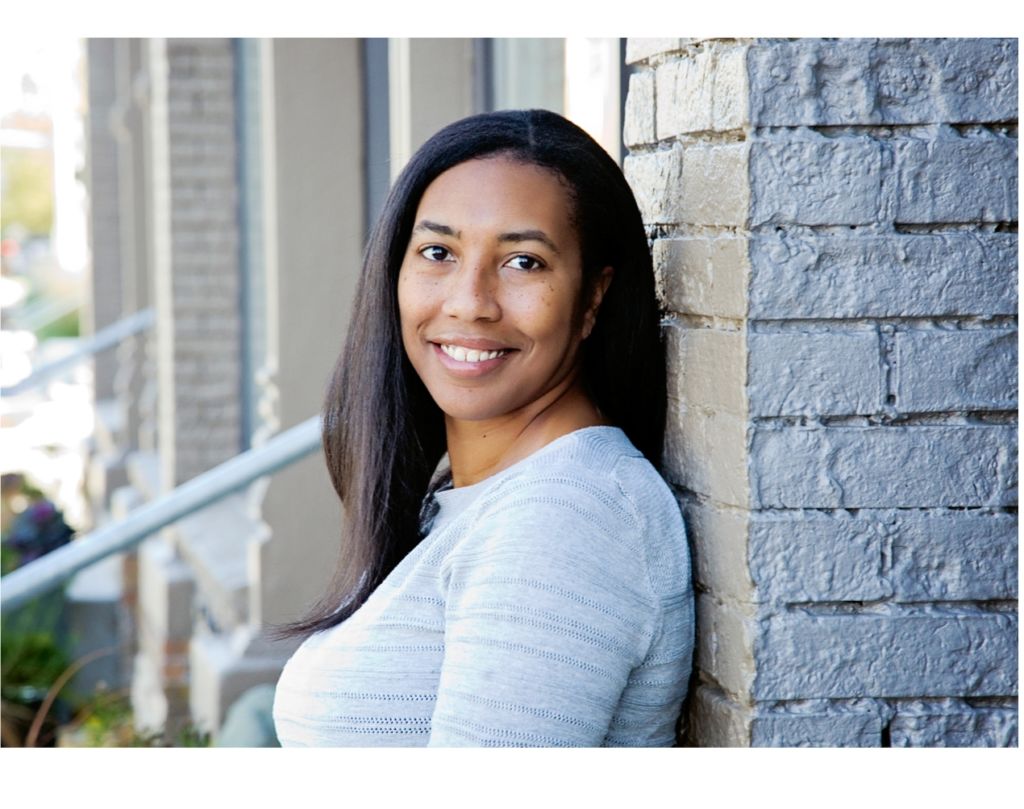
Dr. Carrie Dennie, ND speaks with Alyssa about the benefits of acupuncture during pregnancy and postpartum. You can listen to this complete podcast episode on iTunes or SoundCloud. Alyssa: Welcome to the Ask the Doulas Podcast. You are listening to Alyssa Veneklase. I am the co-owner of Gold Coast Doulas, and today, I am […]
Saturday Series of Classes: Podcast Episode #102
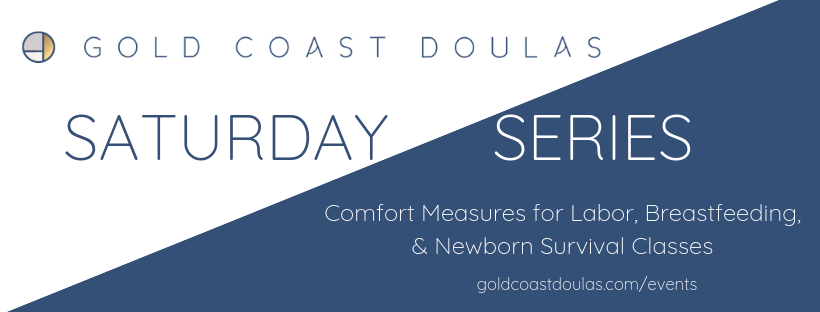
Kristin Revere, Kelly Emery, and Alyssa Veneklase talk about their Saturday Series of classes offered through Gold Coast Doulas. Each goes in to detail about what their classes cover including Comfort Measures for Labor, Breastfeeding, and Newborn Survival. You can listen to this complete podcast episode on iTunes or SoundCloud. Kristin: Welcome to Ask […]
Fertility and Acupuncture: Podcast Episode #101
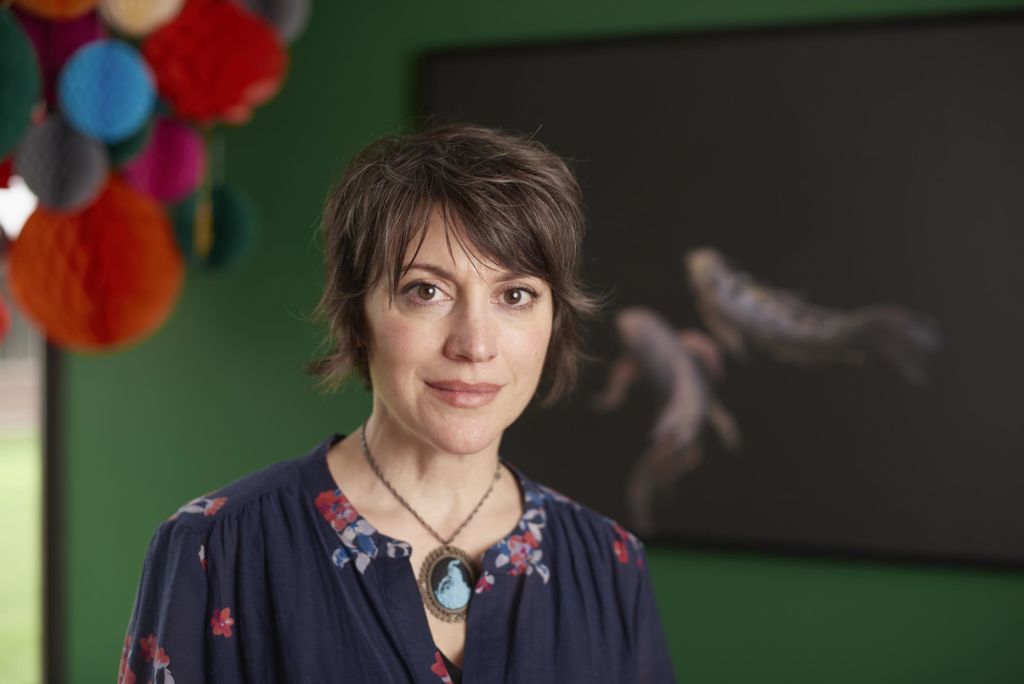
Today Kristin talks to Vikki Nestico, R.Ac of Grand Wellness Acupuncture. We learn a lot about fertility and how acupuncture supports the nervous system, reduces stress, and increases blood flow to the reproductive organs. You can listen to this complete podcast episode on iTunes or SoundCloud. Kristin: Hi, Vikki! Vikki: Hi, how are you? […]
Podcast Episode 100!
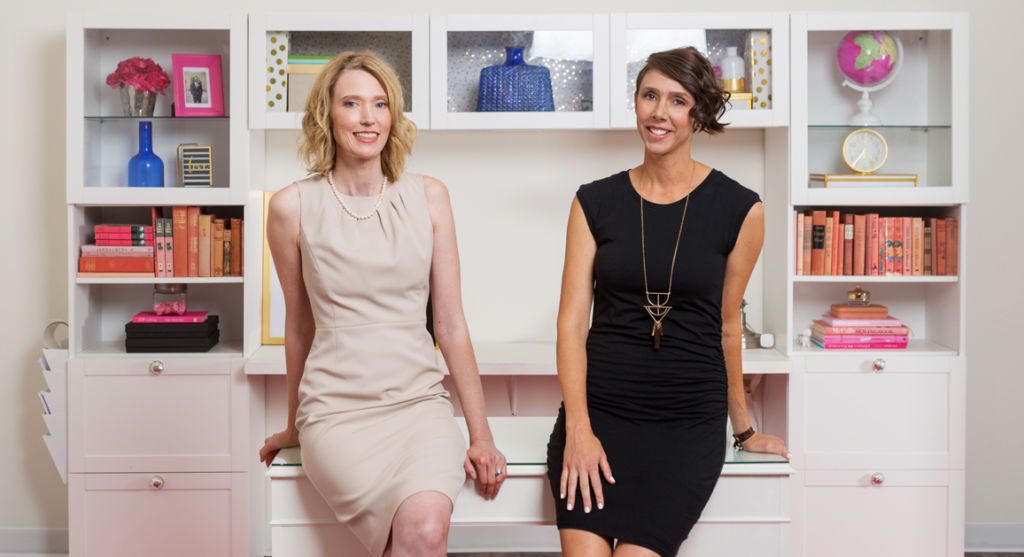
It’s the 100th episode! Alyssa and Kristin, co-Owners of Gold Coast Doulas, talk about what the past two and a half years of podcasting has looked like, how the podcast has changed, how the business has changed, how services have pivoted in the midst of the COVID-19 pandemic, and how they are playing their part […]
Adult Separation Anxiety: Podcast Episode #99
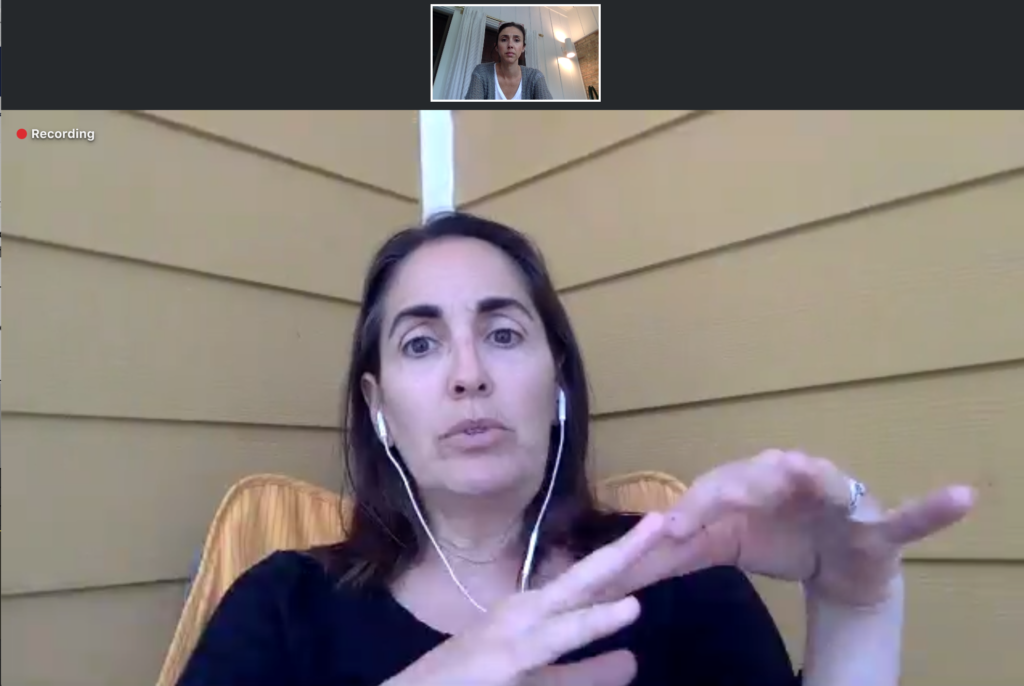
On this episode, Alyssa and Laine begin by talking about parenting anxiety and the distance that parents can sometimes feel as their babies and children grow and seem to need them less. The conversation takes some interesting turns to talk about having clear boundaries for kids, pivoting our expectations of children as they grow, and […]
